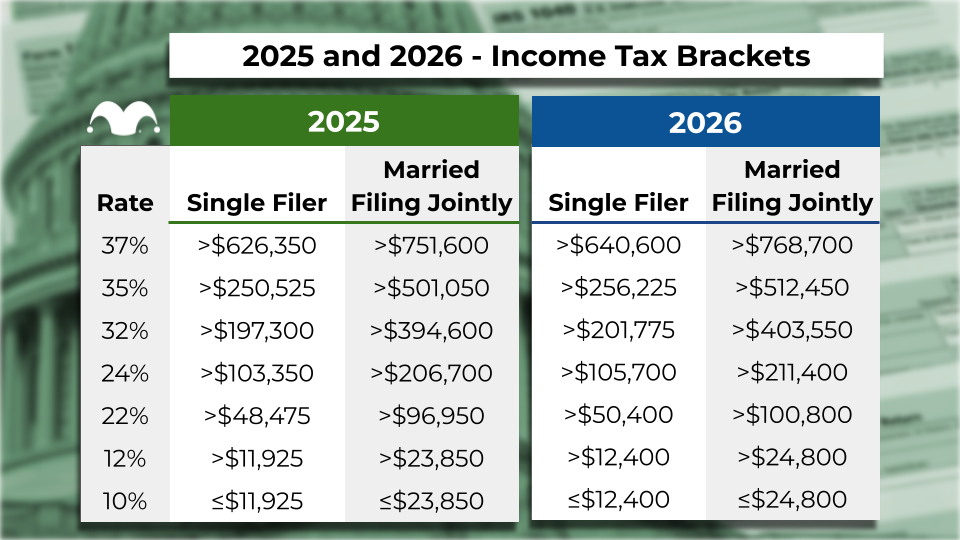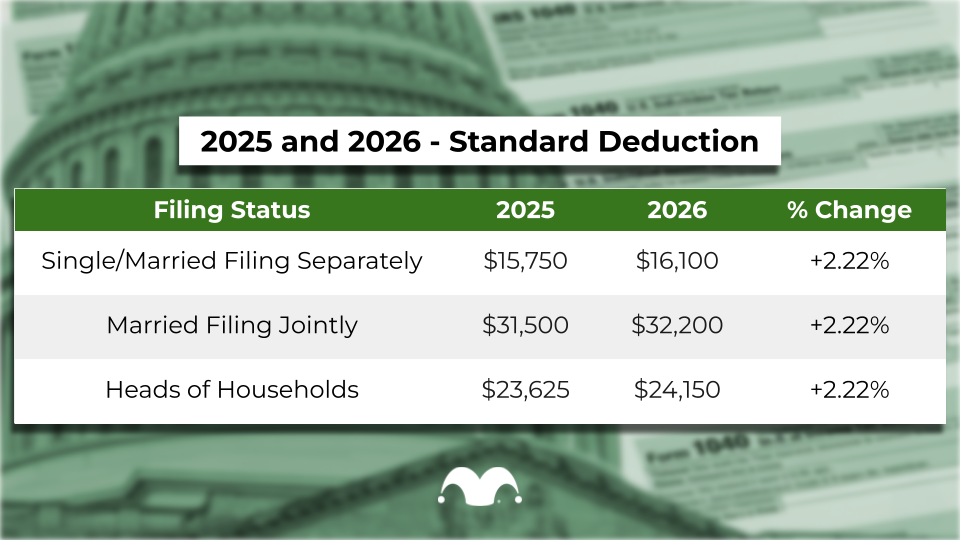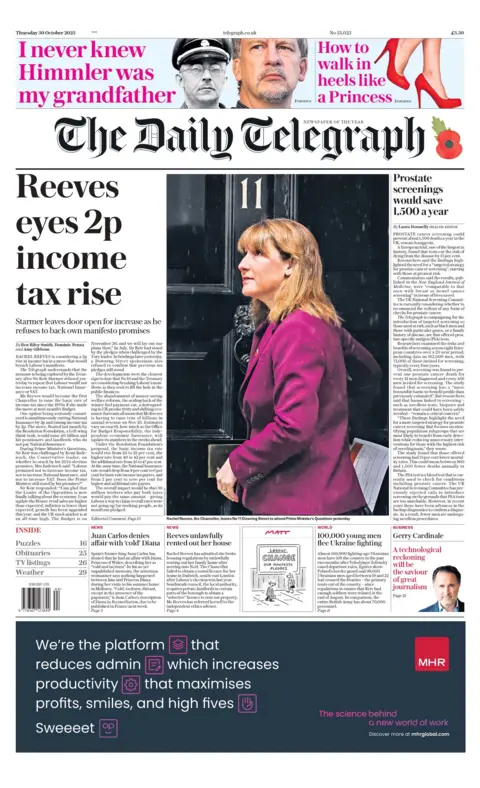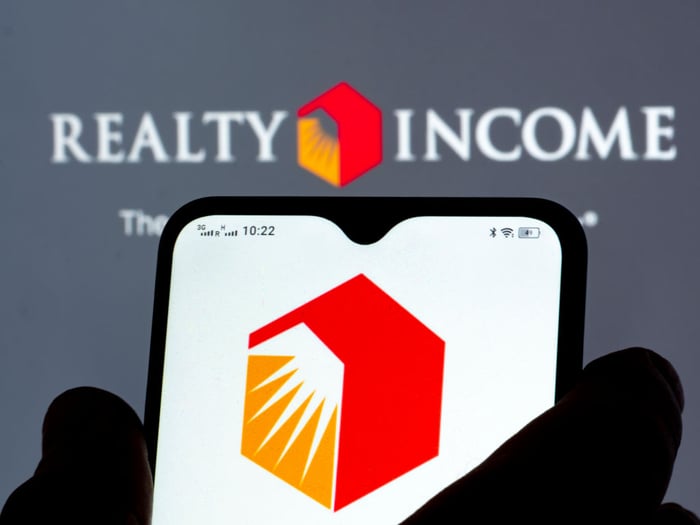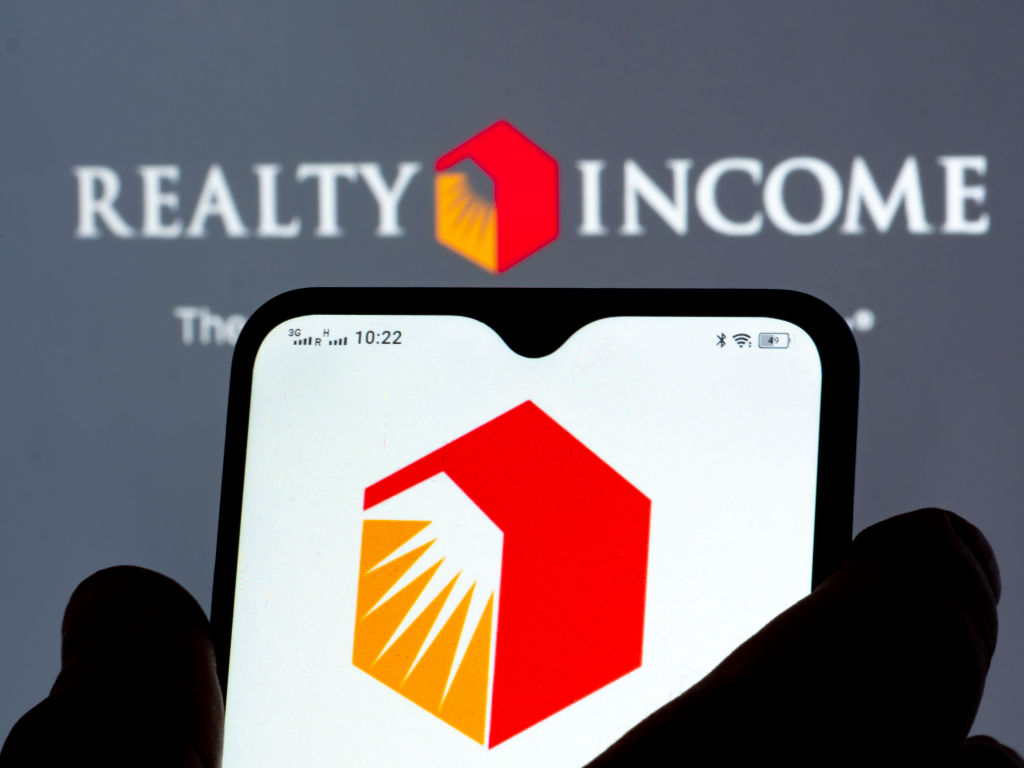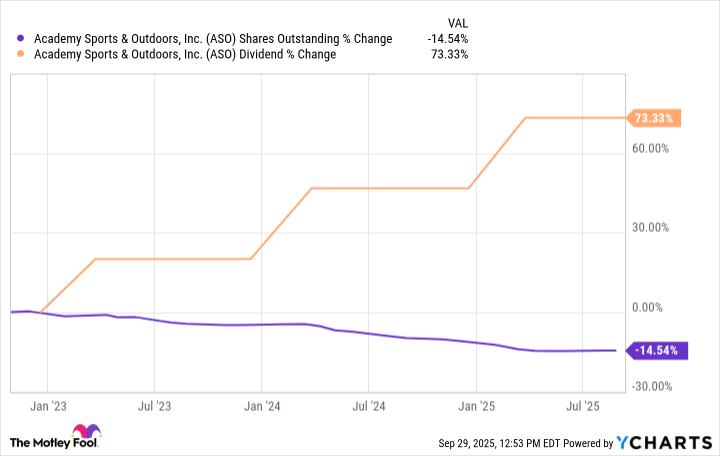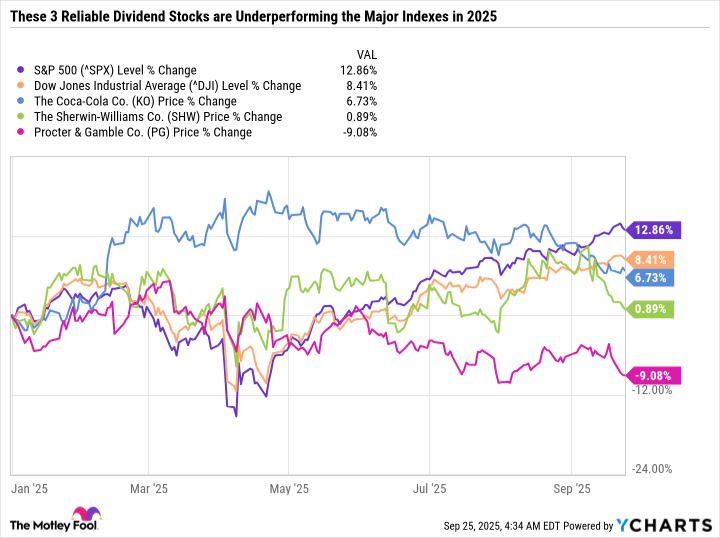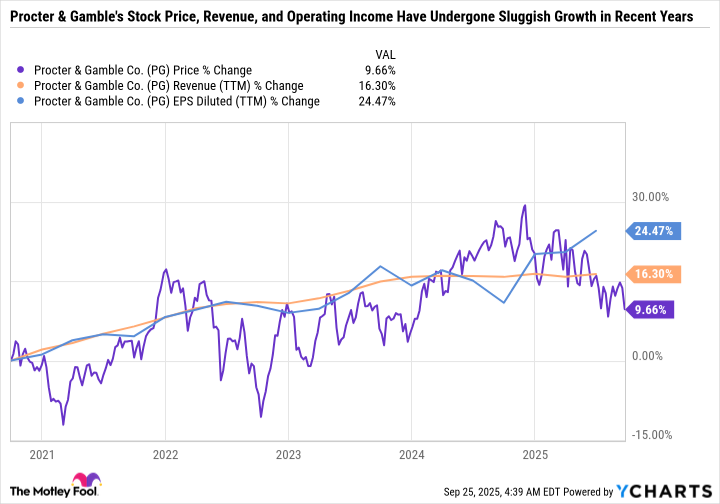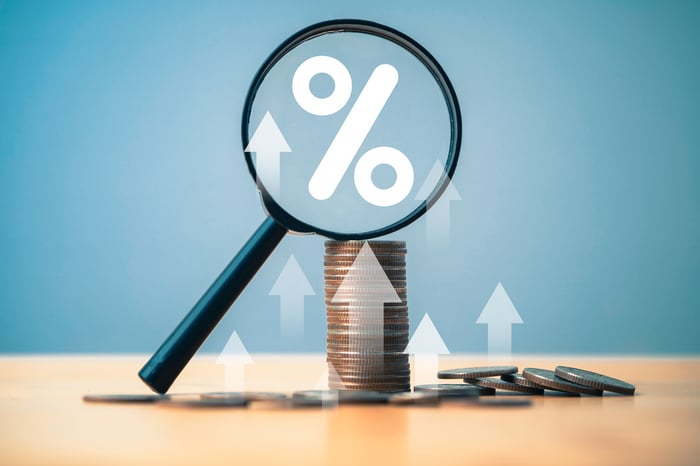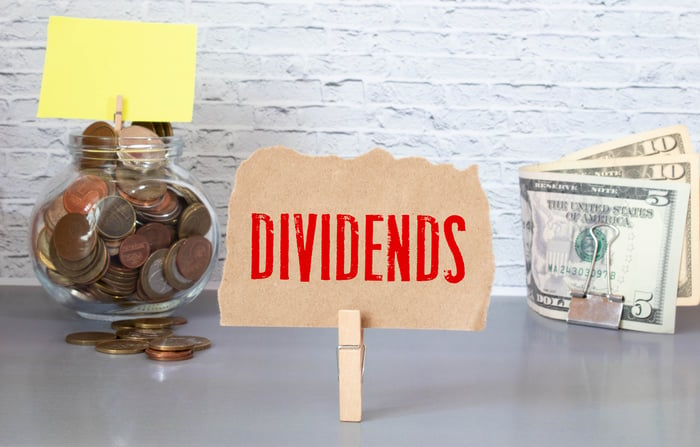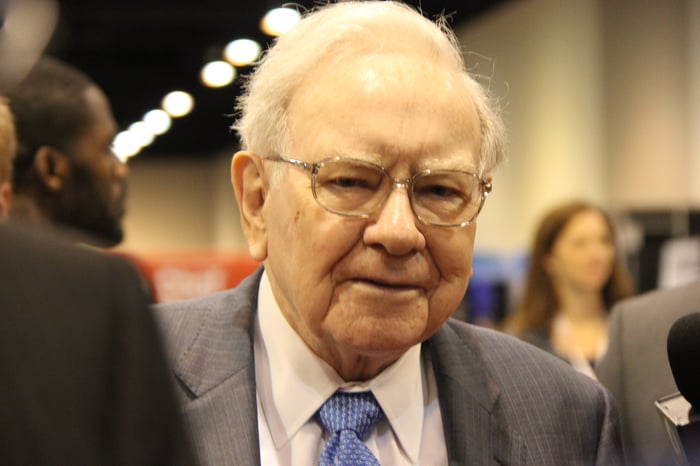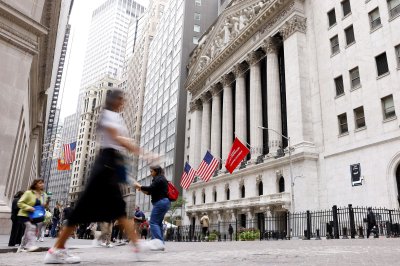Consumers contemplating an early retirement or starting a business should calculate how Trump administration and congressional policy changes could increase their health insurance costs — and plan accordingly.
People thinking about starting a business or retiring early — before they’re old enough for Medicare — may want to wait until November, when they can see just how much their Affordable Care Act health insurance will cost next year. Sharp increases are expected.
Premiums for ACA health plans, also known as Obamacare, on which many early retirees and small-business owners rely for coverage, are going up, partly because of policy changes advanced by the Trump administration and Congress. At the same time, more generous tax subsidies that have helped most policyholders pay for coverage are set to expire at the end of December.
After that, subsidies would return to what they were before the COVID-19 pandemic. Also being reinstated would be an income cap barring people who earn more than four times the federal poverty level from getting any tax credits to help them purchase coverage. Although Congress potentially could act to extend the credits, people weighing optional life changes should factor in the potential cost if lawmakers fail to do so.
“I would hate for people to make a big decision now and then, in a few months, realize, ‘I’m not even going to qualify for a tax credit next year,’” said Lauren Jenkins, an insurance agent whose brokerage helps people sign up for coverage in Oklahoma. “Coupled with the rate increases, that could be significant, especially for someone at or near retirement, when it could easily cost over $1,000 a month.”
Still, how things play out in the real world will vary.
The key factor is income, as the subsidy amount people receive is primarily based on household income and local insurance costs.
People experiencing the biggest dollar increase in out-of-pocket premiums next year will be those who lose subsidies altogether because they earn more than 400% of the federal poverty level. This year, that’s $62,600 for a single person and $84,600 for a couple.
This “subsidy cliff” was removed in the legislation first enacted during the COVID-19 pandemic to create enhanced subsidies, but it will be back next year if they expire. About 1.6 million people who earn more than 400% of the poverty threshold bought ACA plans this year, many of them getting some tax credits to help with the premiums, according to KFF data. KFF is a health information nonprofit that includes KFF Health News.
“A lot of small-biz owners fall around that level of income,” said David Chase, vice president of policy and advocacy for the Small Business Majority, a Washington, D.C.-based advocacy group, which is urging Congress to extend the credits.
And a good chunk of ACA enrollment consists of small-business owners or their employees because, unlike larger firms, most small businesses don’t offer group health plans.
In the Washington metropolitan area, “7 out of 10 people who qualify for lower premiums [because of the tax credits] are small-business owners,” said Mila Kofman, executive director of the DC Health Benefit Exchange Authority.
Congress must decide by the end of December whether to extend the subsidies a second time. Permanently doing so could cost taxpayers $335 billion over the next decade, but not acting could cause financial pain for policyholders and pose political repercussions for lawmakers.
Because new premiums and smaller subsidies would take effect in January, the potential fallout has some Republican lawmakers worried about the midterm elections, according to news reports.
Republican pollsters Tony Fabrizio and Bob Ward warned the GOP in a memo that extending the enhanced credits could mean the difference between success and failure in some midterm races, because support for the premium help “comes from more than two-thirds of Trump voters and three-quarters of Swing voters.”
Although supporters credit the enhanced subsidies for a record 24 million sign-ups for this year’s ACA plans, critics have blamed them for instances in which brokers or consumers engaged in improper enrollment.
“The expanded subsidies were a temporary COVID pandemic policy enacted by congressional Democrats on a party-line vote and scheduled to end after 2025,” said Brian Blase, president of the Paragon Health Institute, a conservative think tank. “They have led to tremendous fraud and waste, they reduce employer coverage, and they should be permitted to expire.”
Ed Haislmaier, a senior research fellow at the conservative Heritage Foundation, acknowledged that people earning more than 400% of the poverty level would not be happy with losing access to subsidies, but he expects most to stay enrolled because they want to avoid huge medical bills that could threaten their businesses or savings.
“They are middle-class or upper-income people who are self-employed, or early retirees with significant income, which means they have a lot of assets behind that income,” he said. “These are people who view insurance as financial protection.”
He thinks lawmakers would win political support from voters in this category by addressing two of their other major ACA concerns: that annual deductibles are too high and insurers’ networks of doctors and hospitals are too small.
“If you just give these people money by extending subsidies, it’s only addressing one of their problems, and it’s the one they are least upset about,” Haislmaier said. “That is the political dynamics of this.”
Here’s how the expiration of subsidies could play out for some hypothetical consumers.
People in households earning less than four times the poverty rate would still get subsidies — just not as generous as the current ones.
For example, those whose earnings are at the lower end of the income scale — say, just over 150% of the poverty threshold, or about $23,000 — will go from paying a national average of about $2 a month, or $24 toward coverage for the year, to $72 a month, or $864 a year, according to a KFF online calculator.
On the other end of the income spectrum, a 55-year-old Portland, Ore., couple with a household income of $85,000 would take a big hit on the cost of their benchmark plan. They currently pay about $600 a month in premiums — about 8.5% of their household income — with subsidies kicking in about $1,000 to cover the remainder.
Next year, if the tax credits expire, the same couple would not get any federal help because they earn over four times the poverty limit. They would pay the full monthly premium, with no subsidies, which would be about $1,800, based on initial 2026 premium rates filed with state regulators, said Jared Ortaliza, a policy analyst at KFF.
People should begin to see insurance rates late this fall, and certainly by Nov. 1, when the ACA’s open enrollment season begins, said Jenkins, the Oklahoma insurance agent. That gives them time to mull over whether they want to make changes in their plan — or in their lives, such as quitting a job that has health insurance or retiring early. This year, open enrollment extends to Jan. 15. Under new legislation, that open period will shorten by about a month, starting with the 2027 sign-up period.
Those who do enroll for 2026, especially the self-employed and people retiring early, should closely track their incomes during the year, she said.
It would be easy to bust through that income cap, she said.
If they do, they’ll have to pay back any tax credits they initially qualified for. Their income might rise unexpectedly during the year, for example, pushing them over the limit. An income bump could come from drawing down more money from retirement accounts than planned, landing a new customer account, or even from winning big at a casino.
“Maybe they win $5,000 at the casino, but that puts them $500 over the limit for the year,” Jenkins said. “They might have to pay back $12,000 in tax credits for winning a few thousand at the casino.”
Appleby writes for KFF Health News, a national newsroom that produces in-depth journalism about health issues and is one of the core operating programs at KFF, an independent source for health policy research, polling and journalism.
